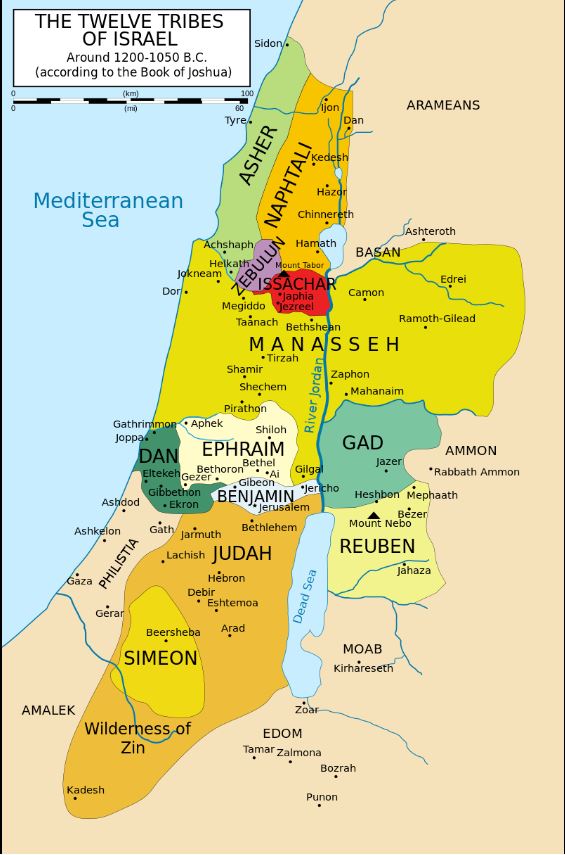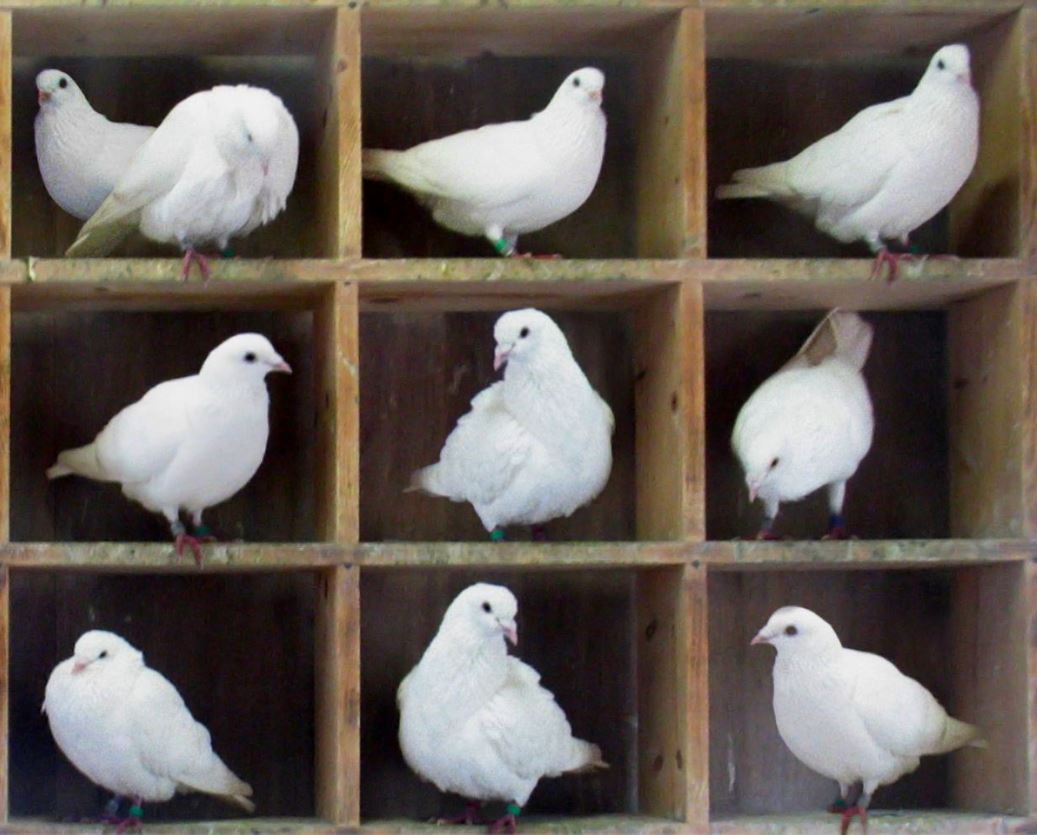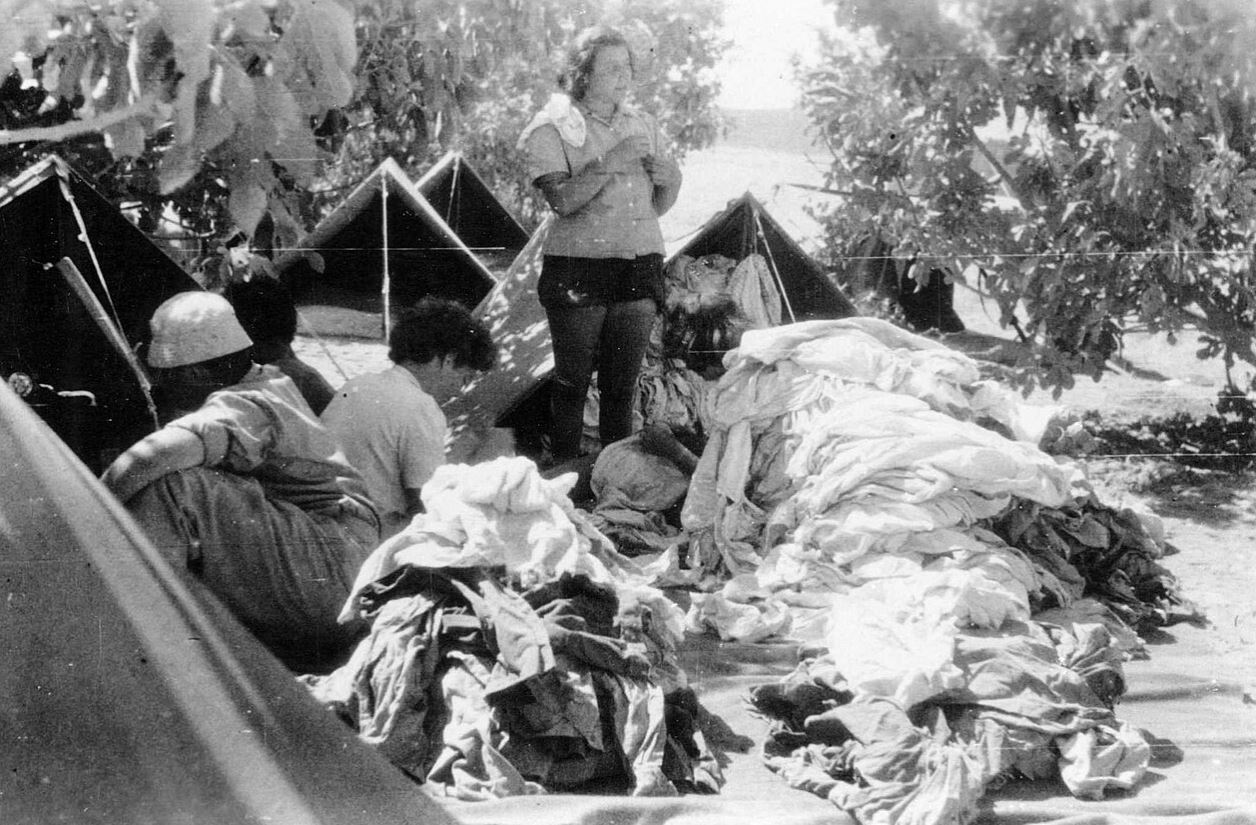What is the holiest place in the world? According to Jewish tradition, it is the Foundation Stone on the Temple Mount. This site, connected to the binding of Isaac and, according to the Rabbis, the place of the creation of the world, is well known. But according to our Gemara, it was unknown to David and the prophet Samuel until they studied the issue:
“Rava taught …“And he [David] and Samuel went and dwelt in Naioth. And it was told Saul, saying: Behold, David is at Naioth [beNayot] in Ramah” (I Samuel 19:18–19)? But what does Naioth have to do with Ramah? [They are in two distinct places.] Rather, this means that they were sitting in Ramah and were involved in discussing the beauty [benoyo] of the world,[ i.e., the Temple].” (Zevachim 54b)
The fact that it took centuries of the Israelites being in the land before the Temple was built in Jerusalem is striking. It seems that they had to go through various other holy places: Shechem, Shilo, Bet El, Hebron – before they could reach the heights of Jerusalem.
The Gemara continues to discuss the location of the Temple and determines that it had to be on the border of Judah (south) and Benjamin (north). And indeed when you look at the distribution of the tribes in the book of Joshua you see that the border runs through the heart of Jerusalem:
Judah’s border: “Then the boundary ascended into the Valley of Ben-hinnom, along the southern flank of the Jebusites—that is, Jerusalem. The boundary then ran up to the top of the hill that flanks the Valley of Hinnom on the west, at the northern end of the Valley of Rephaim.” (Joshua 15:8)
Benjamin’s border: “Then the boundary descended to the foot of the hill by the Valley of Ben-hinnom at the northern end of the Valley of Rephaim; then it ran down the Valley of Hinnom along the southern flank of the Jebusites to En-rogel.” (Joshua 18:16)

The tribe of Benjamin is singled out as the place where God’s presence dwells. This is evident already in the blessing that Moses gives to Benjamin:
“And of Benjamin he said, The beloved of the Lord; he shall dwell in safety by Him; He shall cover him all the day long, and he shall dwell between His shoulders.” (Devarim 33:12)
The Rabbis interpret this verse to mean that God’s house must be in the area of Benjamin:
“The Divine Presence rested upon the Jewish people in three places: In Shiloh, and Nov and Gibeon, and the Eternal House, and in all of those the Divine Presence rested only in the portion of the tribe of Benjamin,” (Zevachim 118b)
To this list we could add other places in Benjamin that had holiness, if only for a short time: Bet El where Abraham and Jacob each made altars to God, Kiryat Yearim where the Ark of the Covenant stayed for twenty years (Samuel I 7:2) and Mitzpah where Samuel gathered the people for prayer and to choose a king (Samuel I 7, 10). What is so special about Benjamin that God wants His house within this tribe? The Sifrei has a list of possibilities, here are two:
“Why did Benjamin merit the Shechinah in his portion? All of the brothers were born outside of the land, and Benjamin in it.
Because all of the brothers were involved in the sale of Joseph, but not Benjamin.” (Sifrei Devarim 352)
Benjamin is the baby, Jacob’s child of old age. The Sifrei focuses on two of his merits. He, alone of all the brothers, has an innate connection to the Land of Israel, being the only one born there. If God chooses to build His house in Israel, then how much more so should He build it in the tribe that is so connected to the Land. The Sifrei’s second reason is even stronger: how can God’s house be built in the place of a tribe who sinned in the ultimate way, turning against his brother? Benjamin is the only one who did not do that, since he was a child at the time (Joseph was also involved in this story so he cannot be chosen either).
Rabbi Yoel Bin Nun adds a geographic connection to the story. Benjamin’s tribe is in the center of the country. It is surrounded by other tribes: Judah to the south, Efraim to the north, Dan to the west and Reuven to the east. Each of these is a representative of one of the four camps in the desert. But unlike in the desert, where Levi was at the center of the camps, in the land, Benjamin is at the center. He has no external borders. Paradoxically, this shows God’s universal power – His regime does not stop at the border, unlike pagan gods who only rule over their own country.

12 tribus de Israel.svg: Translated by Kordas12 staemme israels heb.svg: by user:יוסי12 staemme israels.png: by user:Janzderivative work Richardprins, CC BY-SA 3.0 <http://creativecommons.org/licenses/by-sa/3.0/>, via Wikimedia Commons
Perhaps most significantly, the Temple is between the lands of the tribes of Judah and Joseph (Efraim and Menashe). Joseph, Benjamin and Judah are at the center of the dramatic story about the brothers in Bereshit, Benjamin is accused of stealing Joseph’s cup and Judah steps up to protect him. This story is the inverse of the first story of Joseph’s sale. Instead of instigating fratricide, Judah prevents it and brings Joseph to reveal himself, uniting the brothers again. While Joseph and Judah are the main actors, the reason for their unity is Benjamin. He is the glue that holds the nation together. Perhaps that is the reason why his stone in the breastplate of the High Priest incorporates the colors of all the other tribes:
“Benjamin’s banner had some of the colors of each tribe, i.e., twelve different colors, and the picture of a wolf in the center.” (Bamidbar Rabba 2:7)

Opal, one suggestion for the color of Benjamin’s stone
Dpulitzer, CC BY-SA 3.0 <https://creativecommons.org/licenses/by-sa/3.0>, via Wikimedia Commons
Our greatest stumbling block, as well as the greatest source of our strength as a people is our unity. The placement of the Temple between the tribes, with Benjamin at the center, shows how important this value is to God. Something worth remembering in modern times as well.
Note: much of this article is based on the insightful teachings of Rabbi Yitzhak Levi and Rabbi Yoel Bin Nun.









